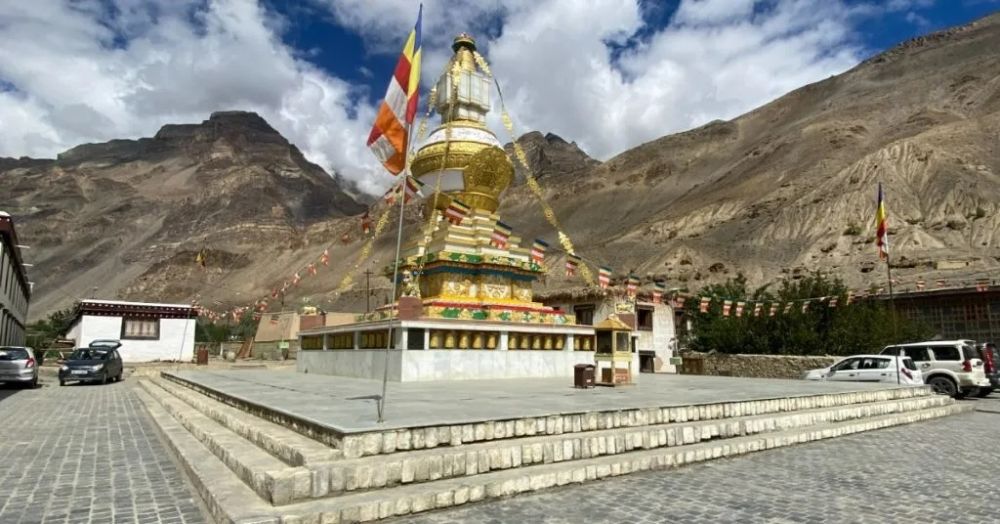

Located in the remote Spiti Valley of Himachal Pradesh, India, Tabo Monastery is a treasured destination for both spirituality and history enthusiasts. Often referred to as the 'Ajanta of the Himalayas', this ancient structure has captivated visitors for centuries with its profound historical significance and serene beauty.
The Tabo Monastery, also known as the Tabo Chos-Khor Monastery, stands as a testament to the rich Buddhist heritage of the region. Founded in 996 CE by the great teacher Rinchen Zangpo, it is hailed as one of the oldest operating Buddhist monasteries in India and the Himalayas. The Monastery has been declared a UNESCO World Heritage site, and it's revered for its age, complex of temples, unique frescoes, and stucco statues that hark back to the era of the Tibetan Buddhist renaissance.
Over the years, Tabo Monastery has withstood the test of time, surviving multiple natural calamities and the changing political landscapes that have swept across the Himalayas. Despite these challenges, it remains an important center for Buddhist learning, ritual, and community life, preserving the Gelug lineage of Tibetan Buddhism.
In recent decades, concerted efforts have been made to preserve and restore the ancient artworks and structures within the Tabo Monastery. Organizations like the Archaeological Survey of India, along with various local and international Buddhist groups, have worked assiduously to maintain its legacy. Dalai Lama's repeated visits have also enhanced the monastery's stature, serving both as a seal of authenticity for its religious significance and a magnet for tourists worldwide.
Spiti Valley's tourism narrative has seen a gradual transformation with a rising influx of visitors, drawn by both its natural splendor and its rich cultural tapestry. With improved accessibility and accommodations dotting the region, more travelers than ever are journeying to experience the tranquility of Tabo Monastery.
The latest tourism trend circles around sustainable and responsible travel, with visitors increasingly seeking authentic experiences that also preserve the locale's ecological and cultural integrity. Hotels and tour operators in the region are now emphasizing eco-friendly practices, and the local community is engaged in offering immersive cultural experiences, from homestays to traditional Spitian cuisine.
For visitors to Tabo Monastery, the journey is more than a simple holiday; it is a pilgrimage into the past. The austere yet majestic scenery of the monastery, set against the stark backdrop of the Spitian desert, provides an unparalleled opportunity to step away from the hustle of modern life and into a world that moves to the rhythm of ancient traditions and spiritual contemplation.
The best time to visit is during the summer months from June to September when the passes are open, and the region is accessible. Travelers are advised to respect the delicate nature of the monastery's artwork and the local customs during their visit.
For anyone venturing into the heart of the Indian Himalayas, a visit to the Tabo Monastery is an unforgettable encounter with a living legacy of Buddhism's indelible mark on the region's history, culture, and spirituality.